Auctions
Pick of the Lots: Catawiki’s Vintage Rolex Watch Auction
Presently, Catawiki clocks millions of buyers and sellers from around the world, and is believed to be the most-visited curated marketplace in Europe, offering over 65,000 objects for auction each week. The platform’s mission henceforth has been to provide an exciting and seamless experience for both the buyer and seller.
Needless to say, that the reason why we’re speaking about Catawiki on Revolution today, is because one of their key arms is their watches department. A further reason to highlight the Catawiki Watch Department this week is because the team behind the effort, kicked off a special Vintage Rolex Watch Auction that’s worth having a look at.
With that said, here are some of the top lots on offer and available for bidding.
Explorer Red Depth Rating – “NO RESERVE PRICE” – Ref. 6610
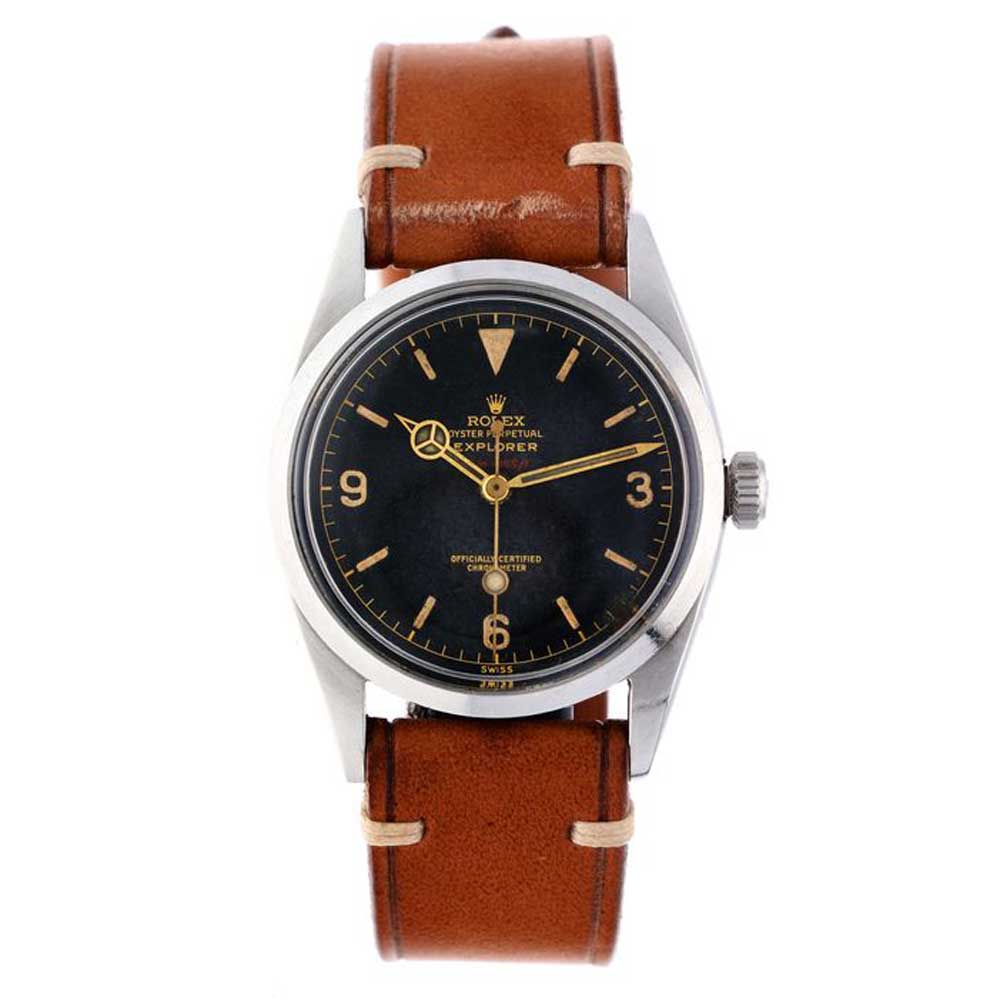
Rolex - Explorer Red Depth Rating - "NO RESERVE PRICE" - Ref. 6610
In the mid 1950s Rolex introduced their new movement, the caliber 1030. This new movement was Rolex’s first complete in-house built and designed movement and was chronometer rated. This next generation movement required a new generation Explorer and so the Wilsdorf Empire gave birth to the reference 6610 in approximately 1956. The newly launched caliber 1030 was a lot slimmer than its ‘bubbleback’ predecessors and so a new case design was produced that was still well proportioned at 36mm with a 20mm lug width. The slimmer movement meant that a flatter caseback could be fitted to the watch and it was this shape that became the standard for many years to come.
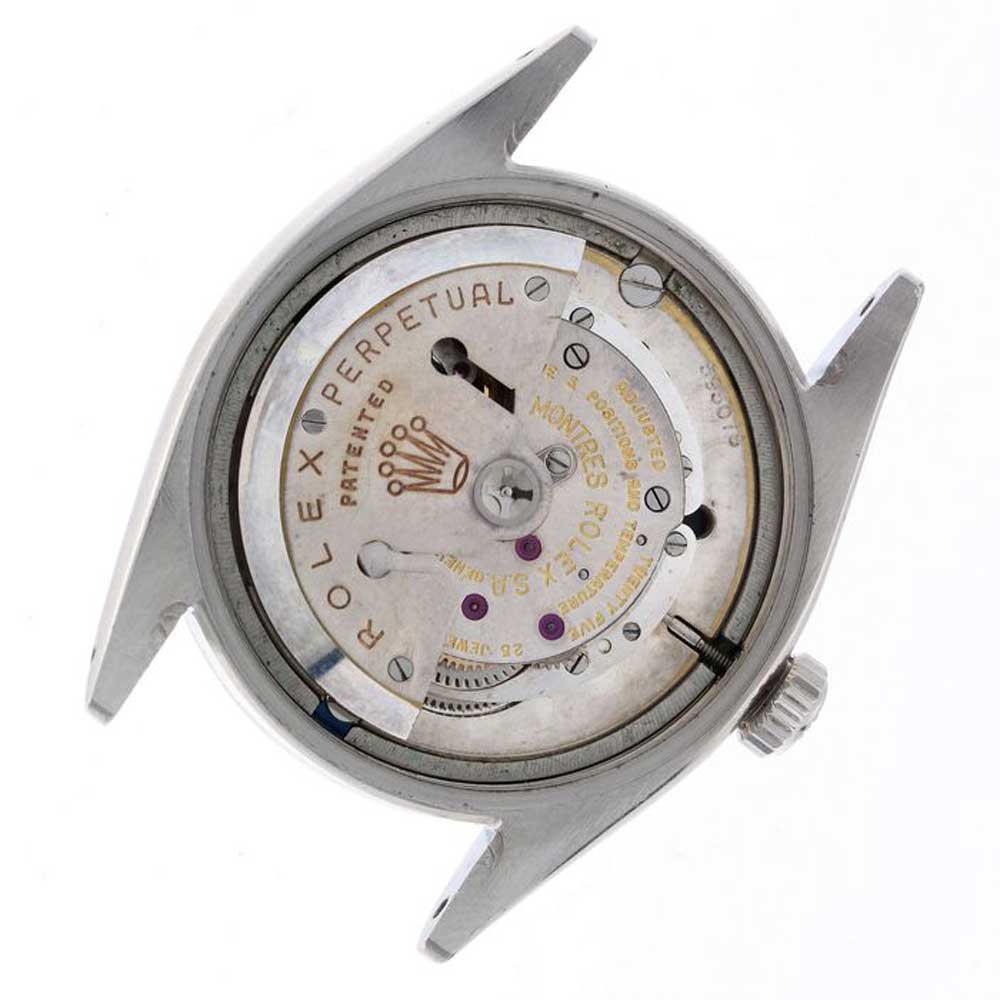
Rolex - Explorer Red Depth Rating - "NO RESERVE PRICE" - Ref. 6610
The present lot on offer is a 1956 instance of the reference 6610 with the additional depth rate text in red printed on the top of the dial. Expert’s estimate stands at € 30,000 – € 35,000.
Lot details: catawiki.com
Dato-Compax “Jean-Claude Killy” Serpico y Laino – Ref. 5036/85
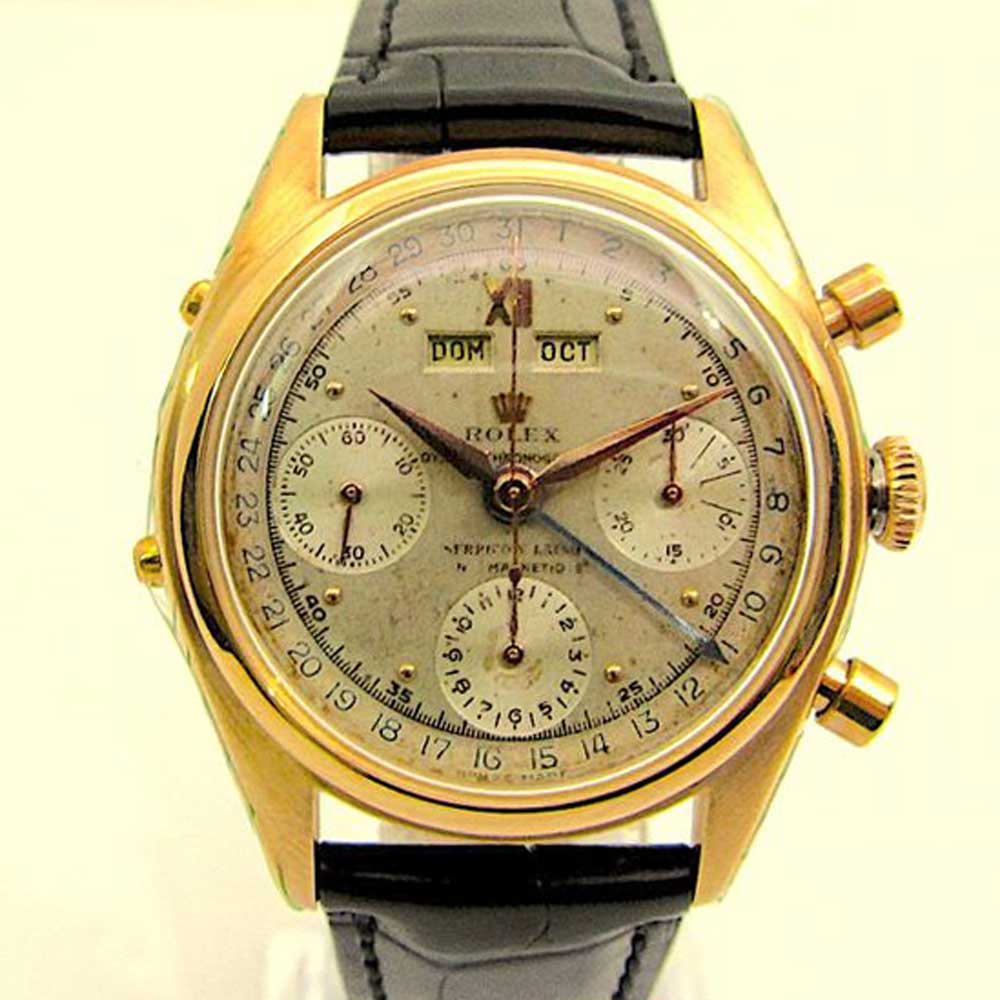
Rolex - Dato-Compax "Jean-Claude Killy" Serpico y Laino - Ref. 5036/85
But why the name Jean-Claude Killy? There’s no Rolex advertisement or some epic movie to speak of with this one. Here the reference is simply in connection with a French Olympic skiing champion, by the name of Jean-Claude Killy who rose to stardom having won three events at the 1968 Winter Olympics. According to collectors’ lore (there are plenty of them), Killy apparently owned a reference 6236. And that’s really all it took for his name to be appended to the watch.
Now, the 5036 is sort of the middle child in the family and it’s a reference that is said to have been in production for a rather brief 1948 to 1951. Therein, by connotation of period of production, it’s safe to assume that there weren’t too many 5036s made in the first place. As such, coming across one is quite a special matter.
For the instance that is on offer at Catawiki, what’s particularly heartwarming is that this specific piece comes “fully restored and serviced by Official Rolex “Atelier de Restauration” in Geneve”. Which immediately removes any and all doubts of its authenticity and present condition. Further to this, the dial on this example is double signed by retailer Serpico y Laino, which was the leading luxury watch retailer in Venezuela for close to four decades until its closure in 1966. No doubt a big plus, given the demand that double signed Rolexes are seeing in present season.
Last thing to mention is that Killy’s movement is a modified hand wound, Valjoux 72, the very same movement that powered the Daytona until it was fitted with the automatic Zenith El-Primero movement calibre 4030, in 1988.
The present lot on offer is piece from 1950, in pink gold, and of course, comes complete with the Official Rolex “Atelier de Restauration” documents and presentation box. Expert’s estimate € 325,000 – € 360,000.
Lot details: catawiki.com
Cosmograph Daytona “Paul Newman” – Ref. 6239
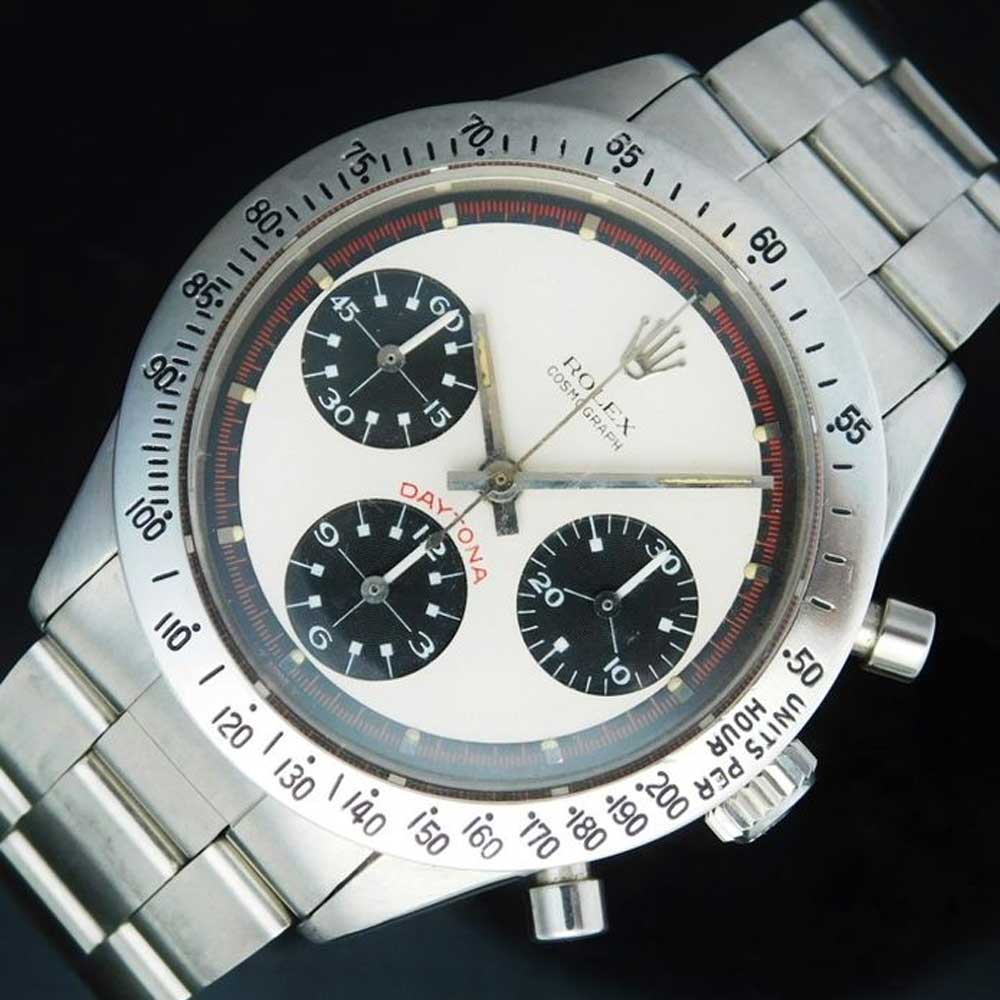
Rolex - Cosmograph Daytona "Paul Newman" - Ref. 6239
The watch and dial that make up for this lore were made in several references, starting with the pump-pusher versions, the 6239, 6241, 6262 and 6264. Then there were the screw pusher variety, the references 6262 and 6264. What’s important beyond its Hollywood moniker, is that when it was first launched, the collecting community recounts that the exotic dial was quite unnecessary at the point of sale no one wanted one. In the 90s, when collectors slowly started to get wind of the rarity of the exotic dial Daytona, an example could be bought for a very decent but reasonable sum of money, for a vintage Rolex. That is until the 2000s, when a clear uptake in demand created a visceral exponential rise in how much people were willing to pay for an example. By the 2010s, these watches were clocking million dollar winning bids at major auction houses.
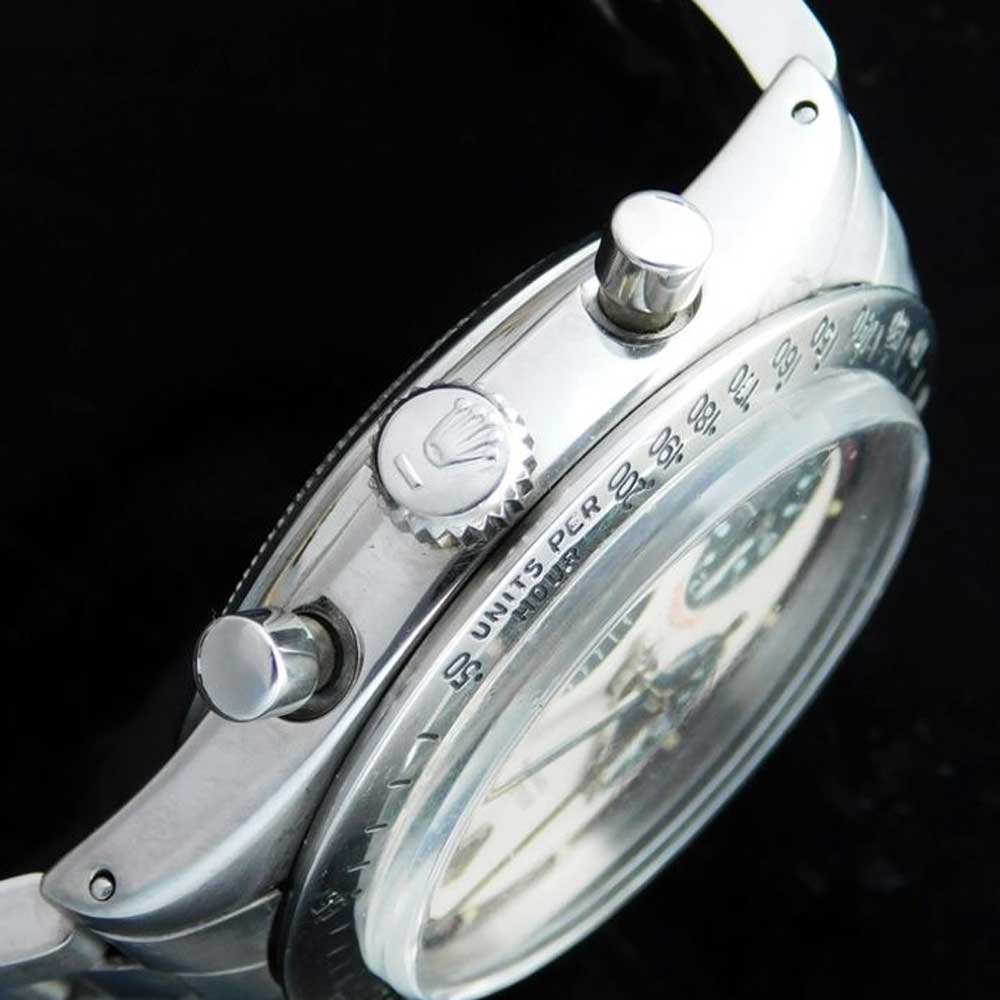
Rolex - Cosmograph Daytona "Paul Newman" - Ref. 6239
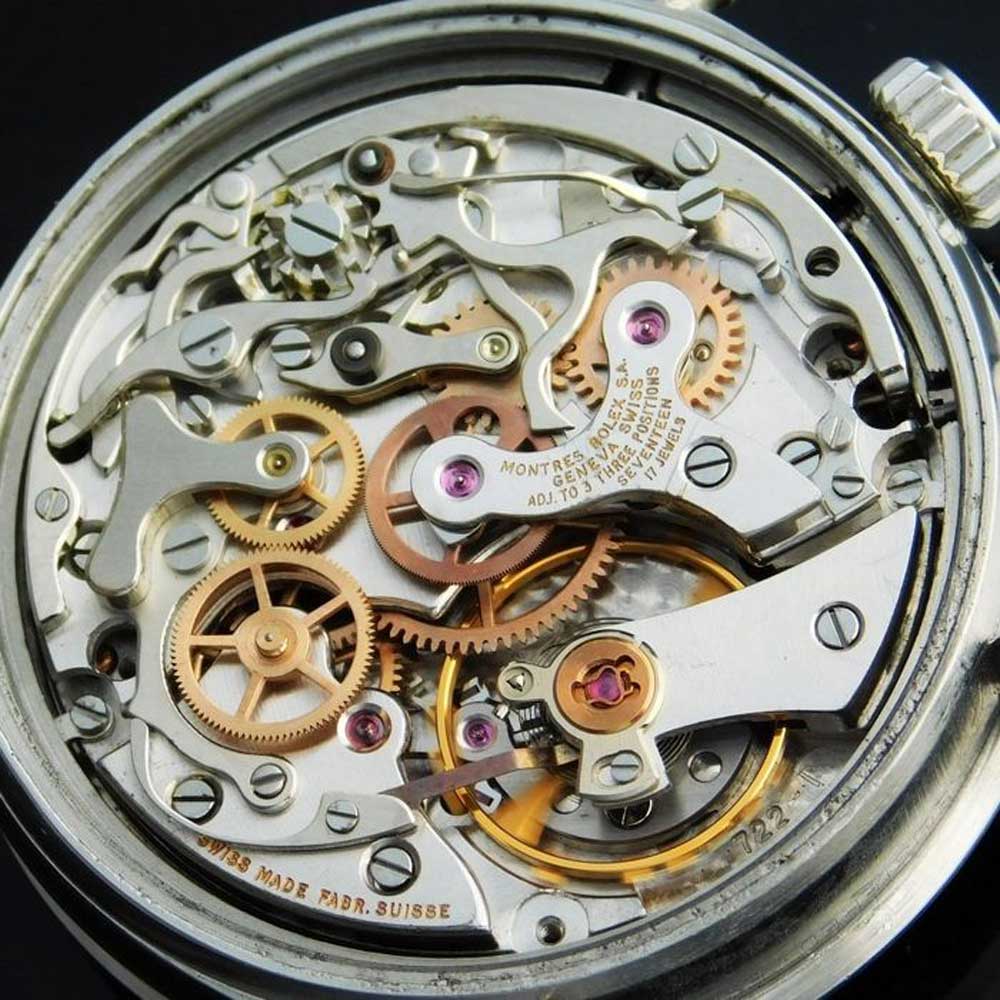
Rolex - Cosmograph Daytona "Paul Newman" - Ref. 6239
But if you so desire to own a piece of this horological history, then best it be a watch you purchase from a reputable auction house, the likes of Catawiki. Best of all, for the instance on offer here, this particular ref. 6239 comes fully serviced and authenticated (because Rolex doesn’t service what it can’t authenticate) by Rolex, Geneva. Expert’s estimate € 620,000 – € 685,000.
Lot details: catawiki.com
Triple Calendar Moonphase “Padellone” – Ref. 8171
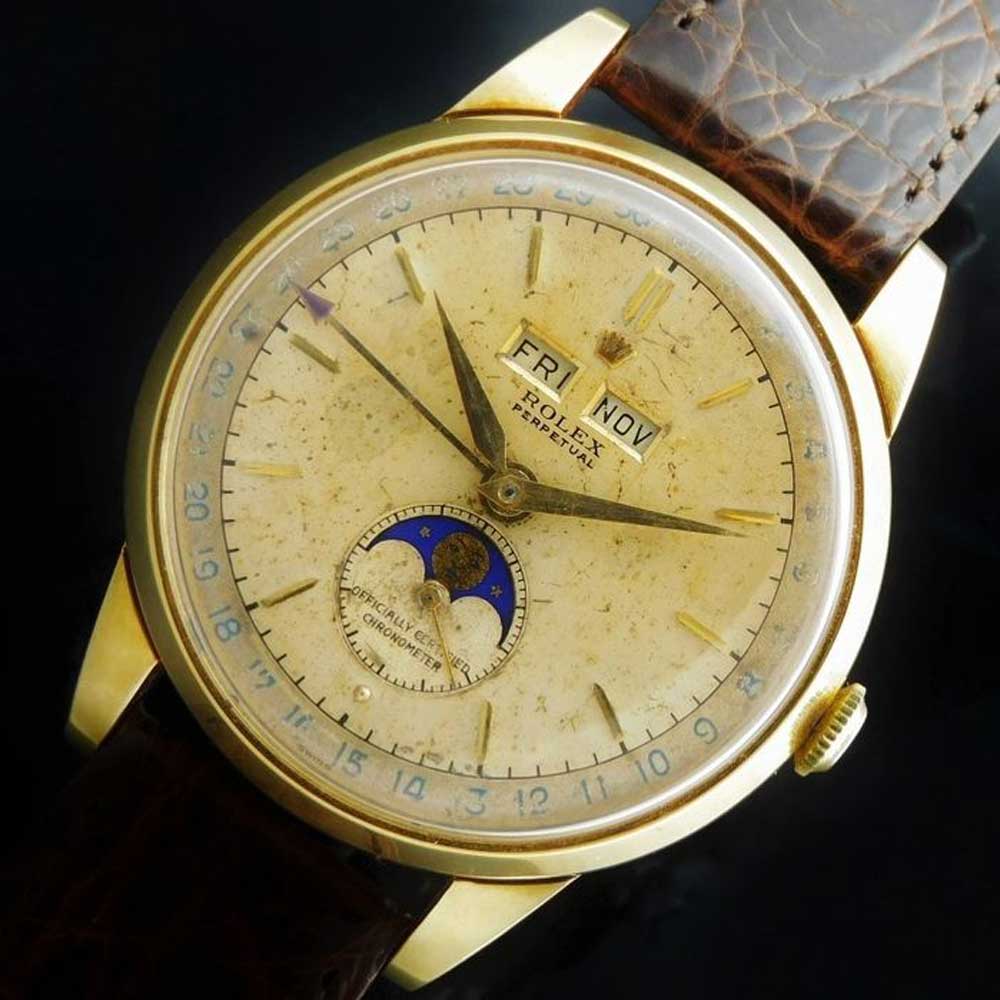
Rolex - Triple Calendar Moonphase "Padellone" - Ref. 8171
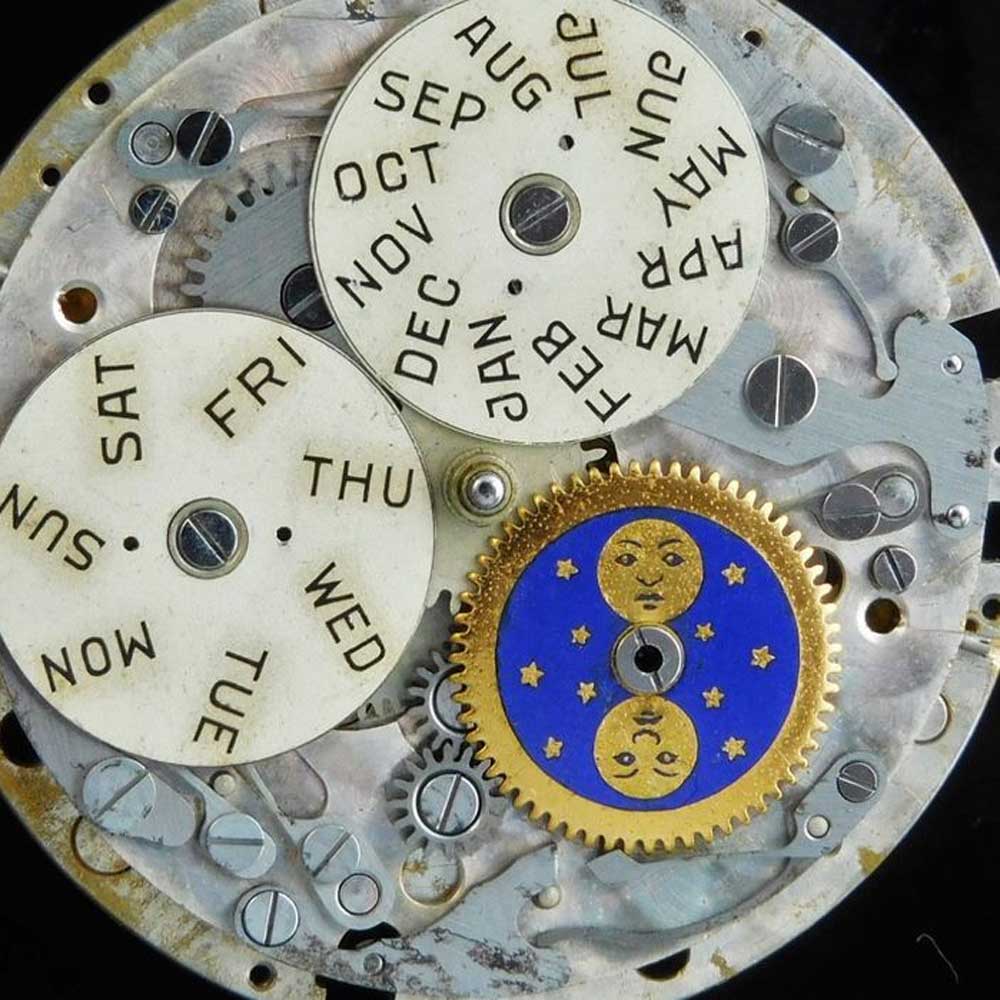
Rolex - Triple Calendar Moonphase "Padellone" - Ref. 8171
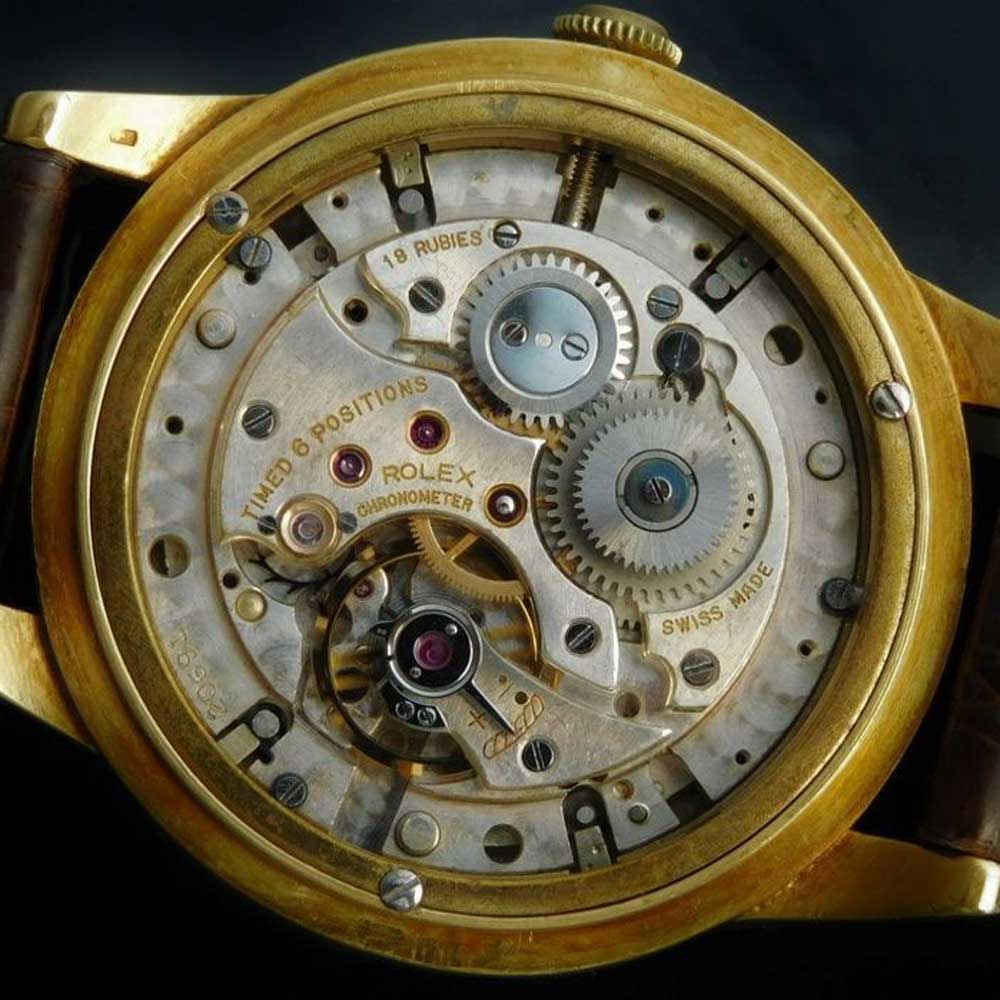
Rolex - Triple Calendar Moonphase "Padellone" - Ref. 8171
Lot details: catawiki.com
GMT-Master PGC “Underlined Dial” – Ref. 1675
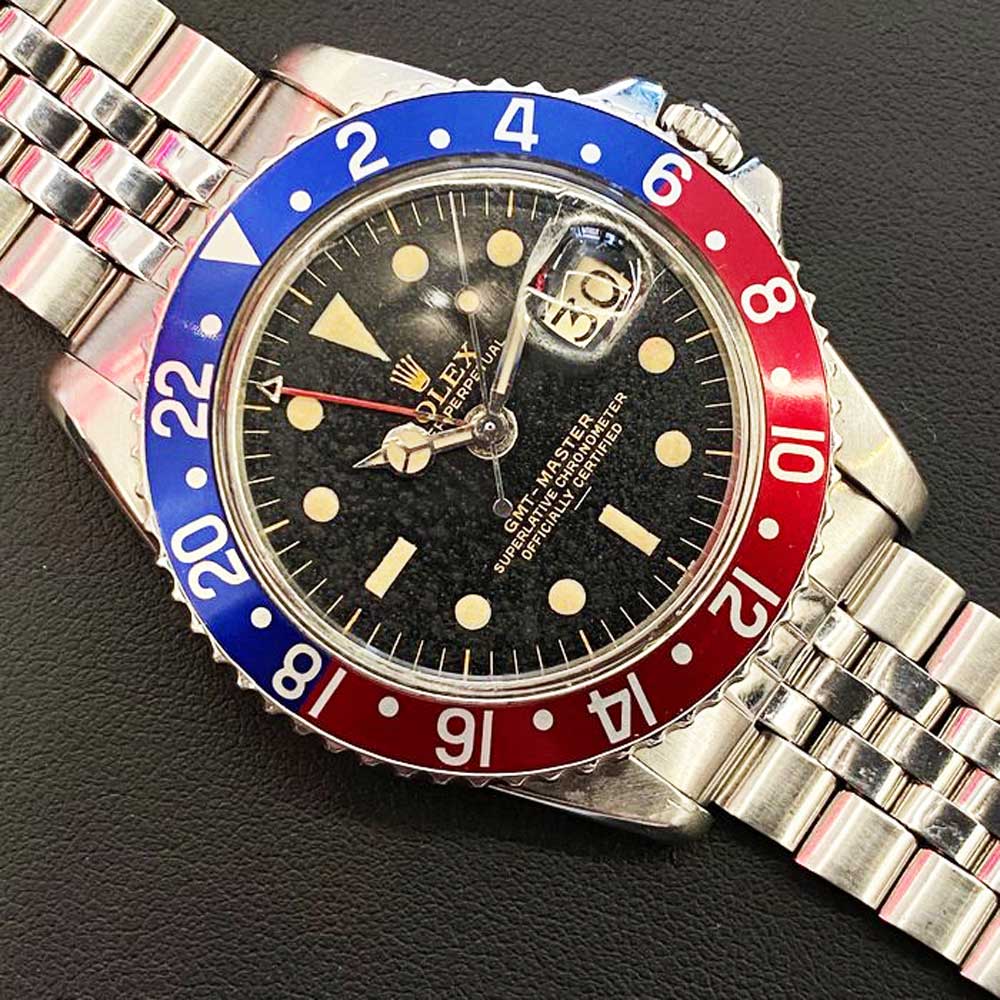
Rolex - GMT-Master PGC "Underlined Dial" - Ref. 1675
Now, the instance on offer here with Catawiki holds true to exactly the combination of words we started off with: gilt, maxi, underline dial ref. 1675. A highly desirable combination of qualities on a highly desirable second-generation reference of a timepiece that has gone on to set the standards by which all GMT watches are benchmarked from.
Lot details: catawiki.com
Expert’s estimate € 32,000 – € 36,000










